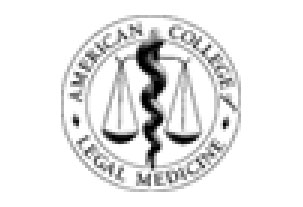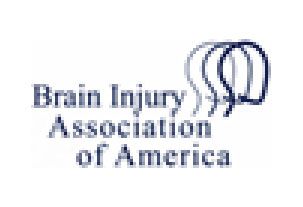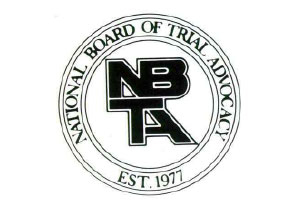A report concerning pollution in the Great Lakes region has become the object of dispute among experts. The report was commissioned in 2001 by the International Joint Commission.
The International Joint Commission is an independent organization that was established in order to resolve the disputes that arise between Canada and the United States concerning the quality of the water that borders the two countries.
The report in question is titled "Public Health Implications of Hazardous Substances in the 26 U.S. Great Lakes Areas of Concerns."
The report is based on studies conducted by the Agency for Toxic Substances and Disease Registry, which is a part of the Department of Health and Human Services. The studies focus on the possible health effects of hazardous chemicals in and around the 26 lakes that border the United States and Canada.
New technology was used during the study which analyzed statistical information about infant mortality and health problems. It was noted that there were higher rates of infant mortality in 21 of the 26 areas studied.
Higher rates of low birth rate were found in 6 of the 26 areas and higher rates of premature births were found in 4 of the areas. Higher rates of breast, colon and lung cancer were also documented.
The report has been withheld from release. The Institute of Medicine has been asked to referee the situation. The Institute of Medicine is a governmental medical advising organization and will issue a final report concerning the study at the end of June.
Birth trauma attorneys are currently working on cases of serious injuries caused during premature birth.













